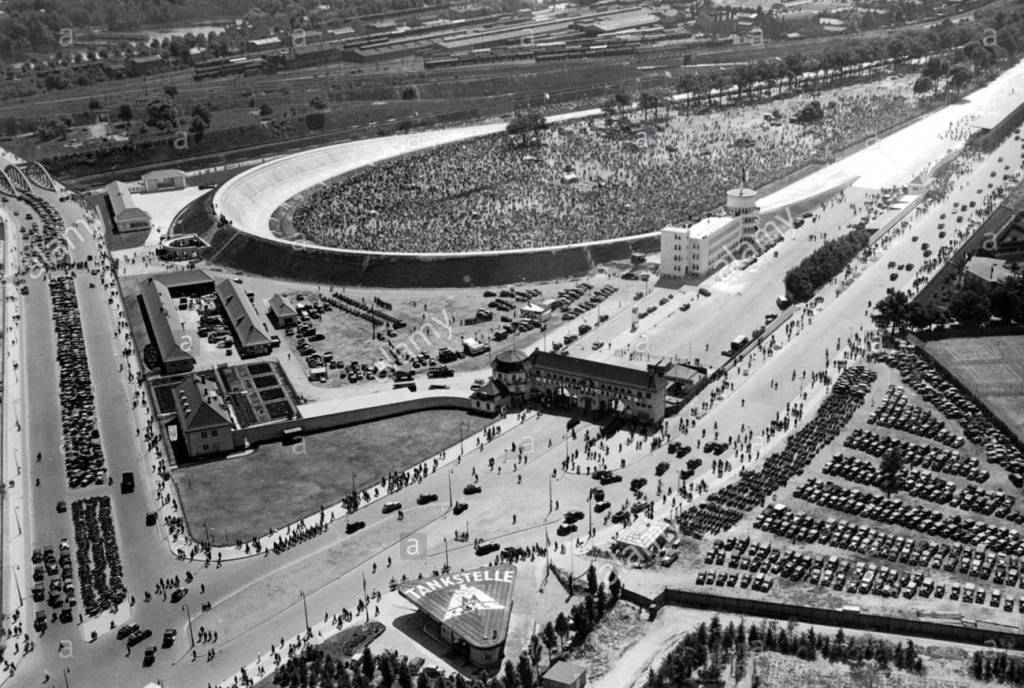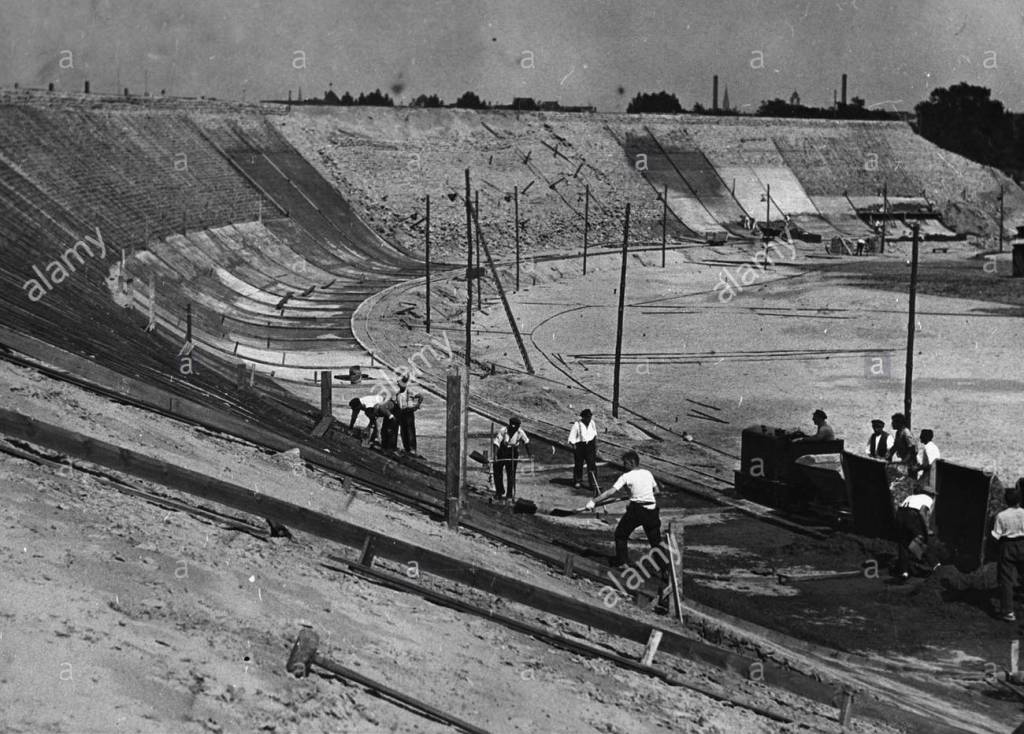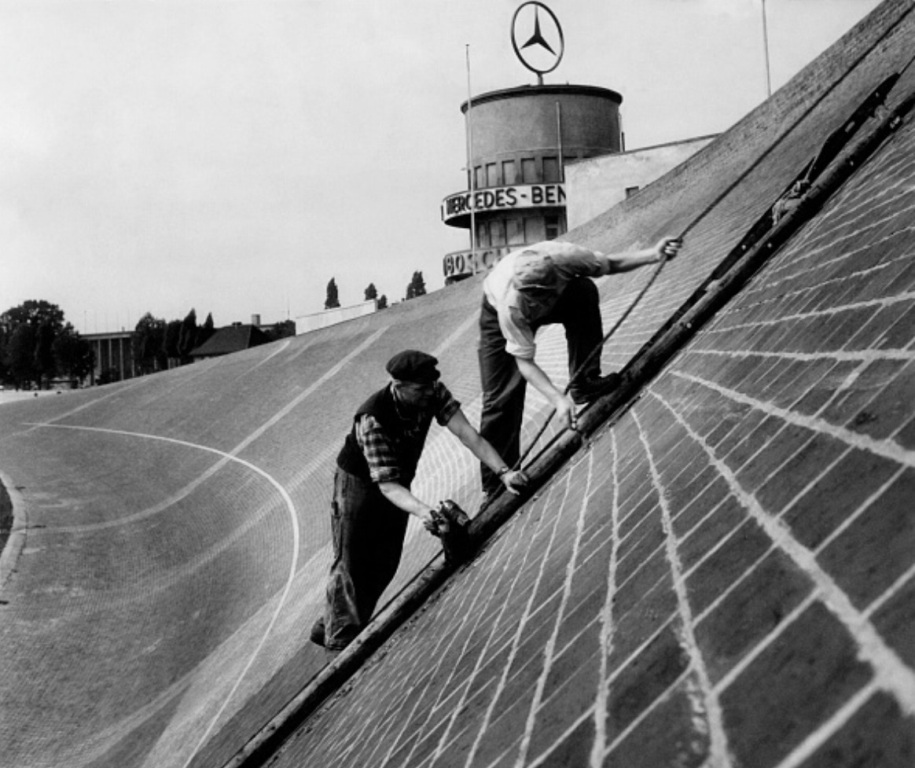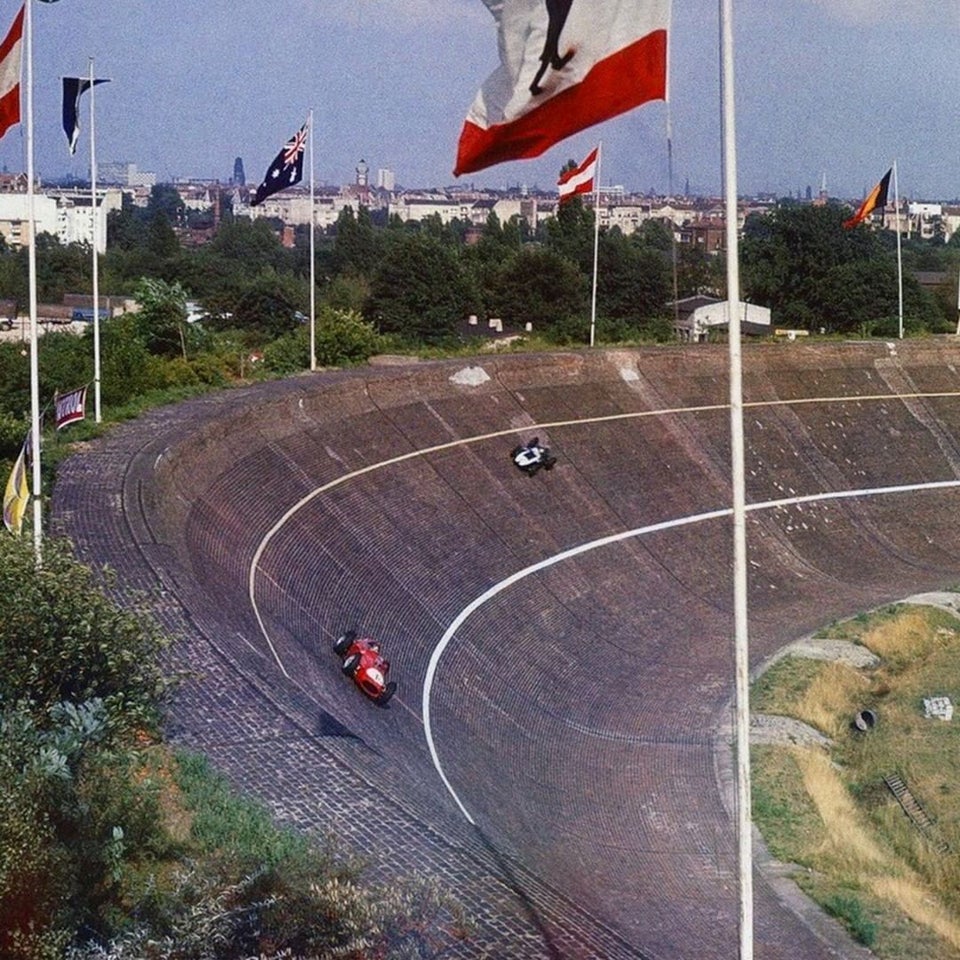AVUS or Automobil-Verkehrs-und Übungsstrasse, is a public road in the city of Berlin that was opened in 1921 and it was used as a racing circuit until 1998.

It was probably the most unusual racing track in the world and it was so simple, with only two long straights and two hairpin corners at each end. The original length of the track was 19 km, but over the years, it was shortened several times after moving the southern turn – from 8.3 km to the length of 2.6 km.
The building of the AVUS started in 1907 after Kaiserlicher Automobilclub devised the construction of a circuit which could be used as a racing track and also as a testing track for the expanding motor industry. It was finished 14 years later and hosted the first post-war International Automobile Exhibition with a motor race.


Five years later, AVUS for the first time was the host of the International German Grand Prix for sports cars. That was a good idea with a bad outcome as the safety measures weren’t good enough for racing and four people lost their lives during training and race. From 1927 onwards, the German Grand Prix was moved to the safer Nurburgring circuit.

The last race was held in 1935 as AVUS became too dangerous for cars averaging at a speed of 200 km/h, but the circuit was used during the Berlin Olympic Games in 1936 for the cycling and athletic events. The north curve of the circuit was then turned into a steeply banked curve of 43 degrees, made of bricks, so cars that missed the turn easily flew off it. In 1967, the banked curve was removed due to safety reasons and was replaced with the flat version.
 http://www.snaplap.net/avus/
http://www.snaplap.net/avus/






















